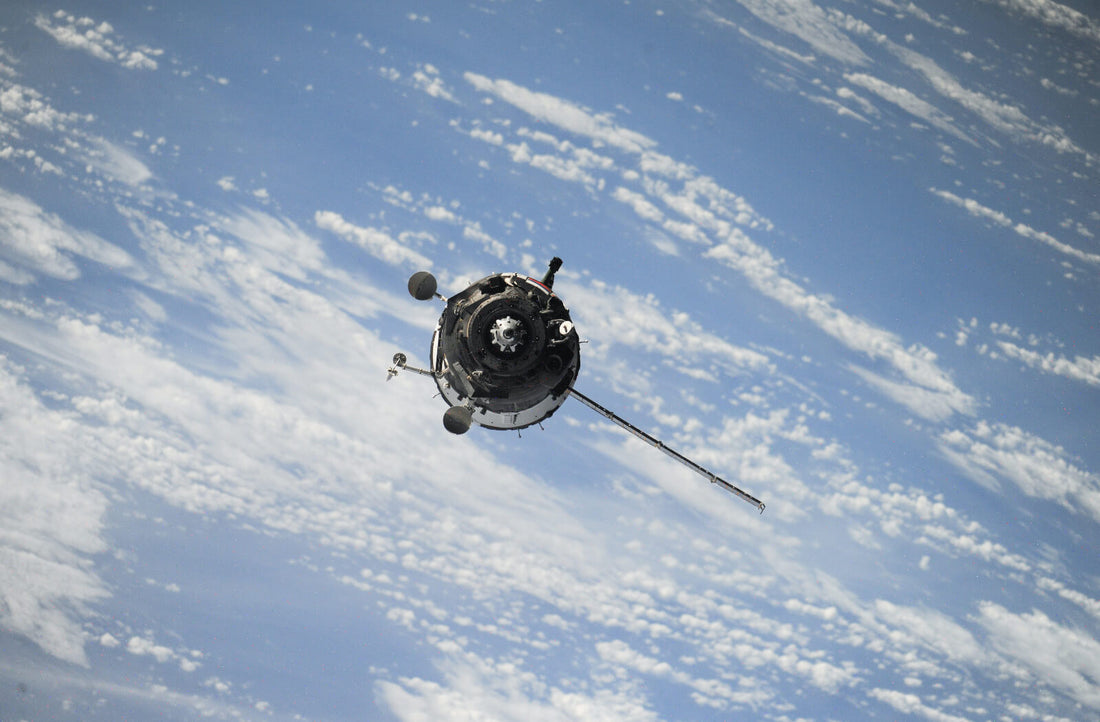Two years ago I wrote an article titled “The Pollution of Space” and this month I find that I have to return to what is developing into an important topic in the world of satellite space today. The figures that I use in this article are not plucked from out of the ether but are those published by The United Nations Office for, Outer Space Affairs (UNOOSA), who state “there were 11,330 individual satellites orbiting the Earth at the end of June 2023; this represents a 37.94% increase since January 2022 when we did the last of these updates”.
The majority of these satellites are placed in Low Earth Orbit (LEO) and if the above numbers are startling then sit down before reading the next sentence. There are proposals for an estimated further 2,500 satellites a year to be launched over the next decade and this could well be an underestimate.
You may think that we the human race will benefit from these LEO’s and indeed we already do, an example being of using the internet via utilising one of UNOOSA’s directives i.e. “Bringing the benefits of space to humanity”
However; we must seriously look at the control and long term implications as the life of each LEO terminates and, in some cases, drifting aimlessly in space before breaking up along with the other 128 million man-made pieces of debris presently orbiting the Earth.
https://www.statista.com/statistics/
https://www.satellitetoday.com/
https://www.unoosa/
Diary
- Meteor Showers:
- The Leonid meteor showers peak 17/18th November.
- The Geminids peak 13th December
- Winter Solstice: Friday 22nd December 03.27am The Sun reaches its furthest point South giving us the shortest daylight hours of the year. Paradoxically the Sun is actually closer to the Earth at this time of the year than it is at our Summer Solstice.
- Harvest Full Moon: Friday 29th September.
- Partial Eclipse of the Moon: Visible across the whole of the UK on Friday 28th October.
- Hunters Full Moon: Saturday 28th October.
- Mercury: Not viewable for the 2 months until very late December, when best observed on 31st December one hour before sunrise, low above the southeast horizon.
- Venus: Impressive morning planet being the subject of a rare occultation of the Moon on the morning of 9th November when it disappears behind the Moon at 09.43 hours and reappears at 10.40 hours. Venus will appear to be 1/90th the size of the Moon. There should be views of the occultation on various astronomy channels. Also close to the Moon on 9th December.
- Mars: Too close to the Sun to be observed during November and December.
- Jupiter: Ideal position for observation at the beginning of November (look high in the southeast at 21.00 hours). The Moon will be close to Jupiter on the evenings of 21st and 22nd December.
- Saturn: Can be observed to the right and much lower down than Jupiter throughout the two months. Saturn is close to the Moon on 17th December.
Wishing all our Cotswold Link readers clear skies and happy healthy 2024 – John Harris

